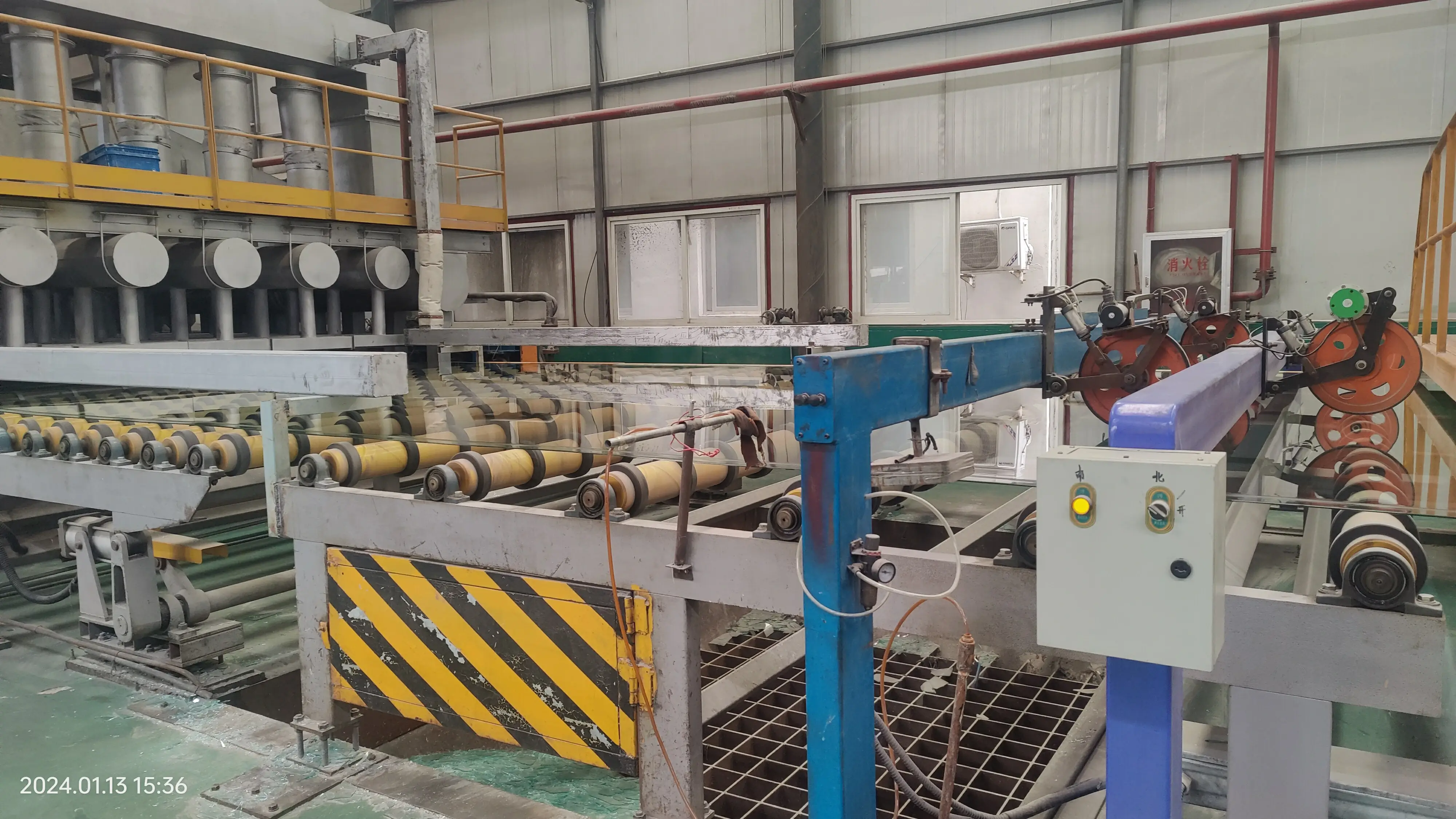

Toughened Plain Glass Strength and Versatility in Architecture and Design
Toughened plain glass, also known as tempered glass, has emerged as a revolutionizing material in the fields of architecture, interior design, and safety applications. This innovative product is not just visually appealing but also combines functionality and durability, making it an ideal choice for various settings. Understanding its properties, production process, and applications can help highlight why toughened plain glass is favored by architects and designers worldwide.
Properties of Toughened Plain Glass
Toughened plain glass is created through a specialized heating and cooling process that significantly enhances its strength compared to standard glass. During manufacturing, the glass is heated to around 620 degrees Celsius and then rapidly cooled. This tempering process induces compressive stresses on the surface, allowing the glass to withstand impacts and thermal stresses, making it approximately five times stronger than standard annealed glass of the same thickness.
Another remarkable property of toughened glass is its safety feature. In the event of breakage, it shatters into small, blunt pieces instead of sharp shards that can cause injuries. This characteristic makes it a preferred choice for public spaces and areas where safety is a primary concern, including schools, offices, and homes.
Applications in Architecture and Design
Toughened plain glass is widely used in contemporary architecture and design due to its aesthetic appeal and inherent strength. One of the most common applications is in facades, where large panes of glass are utilized to create stunning visual profiles, allowing natural light to flood interior spaces. The transparency of toughened glass offers unobstructed views, creating a seamless connection between the indoors and outdoors, which is a hallmark of modern architectural design.

Moreover, toughened plain glass is frequently employed in doors and windows, allowing for expansive openings while maintaining structural integrity
. Its resistance to thermal stress makes it ideal for high-temperature areas, such as kitchens, and it is often used in shower enclosures, ensuring both safety and style.In addition to its aesthetic and functional uses, toughened plain glass is also integral in the creation of glass balustrades and staircases, providing a sense of openness without compromising safety. The sleek, minimalist look that glass panels offer has made them a popular choice for commercial and residential design, allowing for creative freedom in conceptualizing spaces.
Eco-Friendly Considerations
As sustainability becomes an increasingly important factor in building materials, toughened plain glass also has admirable eco-friendly credentials. It is fully recyclable, contributing to a more sustainable construction industry. Additionally, the use of glass can enhance energy efficiency. By allowing natural light to enter buildings, it reduces the reliance on artificial lighting during the day, thus lowering energy consumption.
Conclusion
In conclusion, toughened plain glass is a remarkable material that marries beauty with strength and safety. Its versatility in various applications—from stunning building facades and stylish interiors to essential safety features—truly sets it apart in the world of construction and design. As architects and designers continue to push the boundaries of creativity and functionality, toughened plain glass is sure to play a pivotal role in shaping the spaces we inhabit, reflecting both contemporary trends and a commitment to sustainable practices. Whether used in homes, offices, or public structures, the significance of toughened plain glass in modern design cannot be overstated.